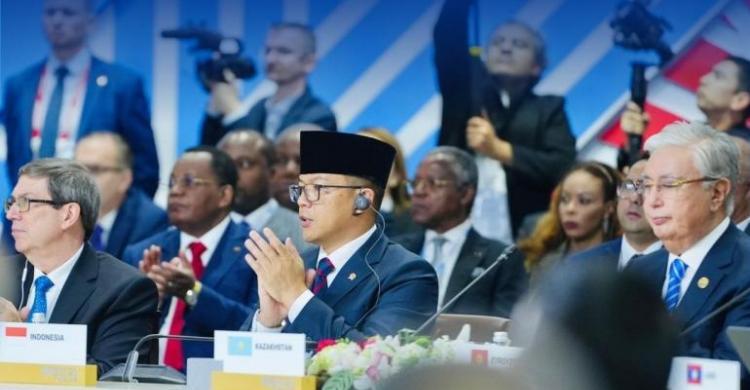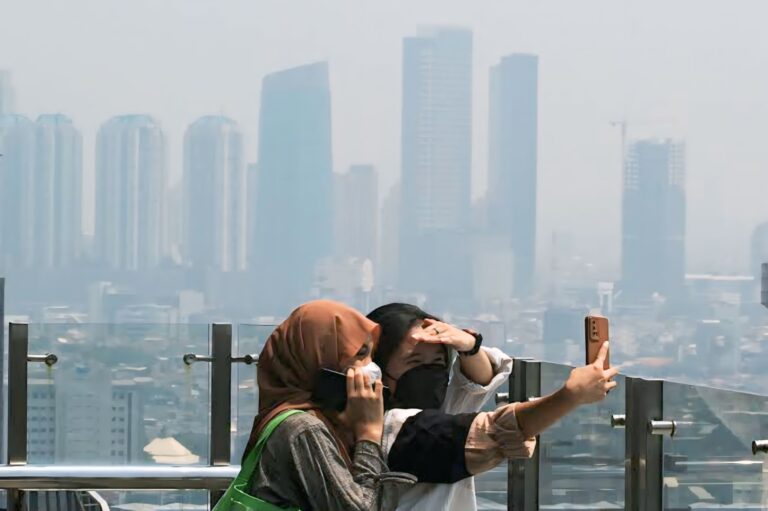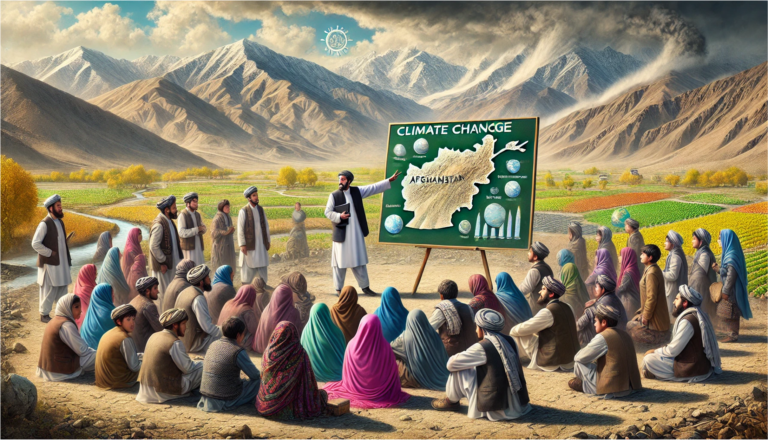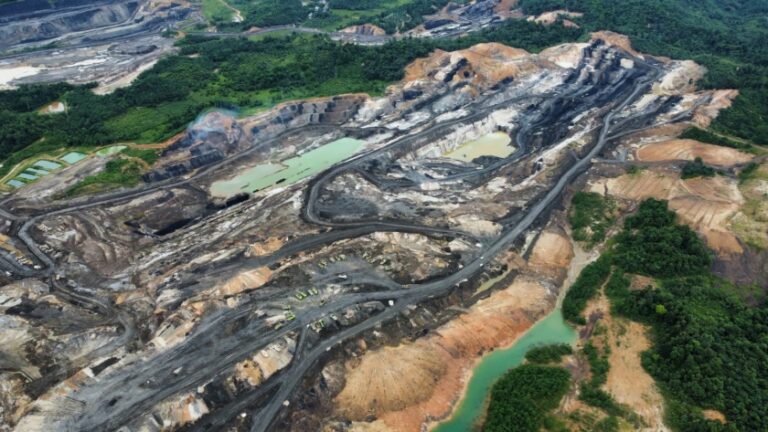Met with a standing ovation, the 28th United Nations climate summit (COP28) in Dubai saw the first big breakthrough early this month: The world agreed on a loss and damage fund to compensate poor countries hit by deadly flood, hurricane, heatwave and drought.
This means wealthy states and major polluters will put millions of dollars allocated for the most marginalized and vulnerable but least responsible for the destruction. There is a moral imperative to act on climate-related loss and damage experienced today, for the wellbeing of present and future generations.
The initial commitments amounting to US$430 million will be administered by the World Bank.
The term “loss and damage” generally means the negative consequences of climate change on human societies and the natural environment. It occurs despite mitigation and adaptation efforts. While mitigation addresses the causes of climate change (like reducing greenhouse gas emissions) and adaptation addresses its impacts (like building sea walls to prevent flooding), loss and damage is concerned with the unavoidable and irreversible impacts of the climate crisis.
It has been a central issue in the global climate negotiations at the Conference of the Parties to the United Nations Framework Convention on Climate Change (UNFCCC), with developing countries, particularly small island developing states (SIDS) and least developed countries (LDCs), being strong advocates for greater action and support to address the negative impacts of climate change.
A robust assessment of losses and damages was featured in the recent Intergovernmental Panel on Climate Change (IPCC) Working Group G II report, representing a major step forward in recognizing the negative impacts and future risks of climate change. The assessment provides strong support for increased action and support for loss and damage, urgent mitigation to limit global warming to 1.5 degrees Celsius, and more extensive adaptation.
The report supports the ongoing advocacy from developing countries that the UNFCCC and developed countries must do more to address loss and damage, including through providing new and additional finance. The need for increased support is particularly urgent given the IPCC findings that losses and damages are being experienced now, that they are projected to increase and that even effective adaptation will be unable to prevent all losses and damages. Adaptation and mitigation are not enough to prevent losses and damages, these need separate and additional support and finance.
Mechler and Schniko (2016) argue that currently planned greenhouse gas-mitigation efforts would not prevent climate boiling from going beyond 2 degrees as aspired to in the 2015 Paris Agreement, adding to climate-related impacts already under way. Although climate adaptation has been strengthened in the Paris Agreement, climate-related risks may exceed the adaptation possibilities of communities and countries.
To this effect, the endorsement of WIM for Loss and Damage is a distinct pillar of climate negotiations, yet with an unclearly defined remit.
Assessments of climate change impacts have shifted in focus from academic to more operational, including engagement of multiple stakeholders via novel risk analytical methods. A useful distinction has been made between voided/avoidable, unavoided and unavoidable loss and damage.
Meanwhile, Warner and Weisberg (2023) present divided arguments among experts about loss and damage. Some argue that focusing on loss and damage distracts industrialized countries from attempts to avoid losses and damages in the first place through decarbonization and adaptation. Others argue that insufficient mitigation by industrialized countries has unleashed an unfair burden on developing countries, so developed countries alone must address loss and damage financially.
There are at least three important questions that can give useful insights to the scientific and diplomatic community when they bolster the operationalization of loss and damage funding arrangements. First, to address major needs, what solutions can resolve gaps? Second, what steps will improve coherence and coordination across the landscape of global, regional and national institutions that fund activities to address loss and damage? And third, how can current financial modalities better address needs and promote stability?
Climate change is anticipated to have enduring effects on the real economy, manifesting as depressed production, decreased employment, diminishing social coherence and cultural loss. All of these stress societies and public and private budgets. Climate-related emergencies could involve displacement or relocation (planned or unplanned) and may necessitate climate-resilient reconstruction and recovery.
The world cannot wait another decade to solve the pressing needs for loss-and-damage funding, argued Clarke et al. (2023). COP28 negotiators should consider some courses of action. They could start with the use of physical risk models to provide a framework to help determine who should pay into the fund, who should receive what type of fund, how much, on what basis and for what purpose. And then a UN body should be tasked with helping to fund model improvements.
This should be a public-private partnership, in which academia, non-profit institutes and companies collaborate to develop and maintain tools and data in the open-source domain.
Improving the physical risk data that goes into these models is a priority, too. A basic mechanism should be set up by COP29 next year, with the ambition of having a working platform by COP30 in 2025. To gain the trust of participants in the loss-and-damage fund, the methods, data and code need to be peer-reviewed and transparent.
Lastly, cities lie at the heart of the proposed methodology in the IPCC WG II report. It calls on networks such as C40 Cities (a global network of nearly 100 mayors of the world’s leading cities that are united in action to confront the climate crisis) to explore the possibilities of intercity collaborations on funding, expertise and data to become resilient urban habitats.
To judge payments into or out of the loss-and-damage fund, the report propose that each city or region would be assigned an “economic vulnerability ratio”, the ratio of resulting economic physical risk impacts to local gross domestic product. The amount they would pay or receive each year would depend on this ratio, relative to a global threshold, and would vary with the economic output of the city or region. Those below the threshold would be net contributors, and those above would become net receivers.
Studies estimate the loss and damage in developing countries to be much greater than US$400 billion annually and expected to rise over time. Therefore, it is encouraging to see the deal was successfully agreed on Day 1 of COP28 in Dubai.
But the initial funding pledges are inadequate. It looks like a drop in the ocean compared with the scale of the need they are to address. And the devil will always be in the details. Making sure the fund is fair and fit could be one key step to achieving climate justice.












+ There are no comments
Add yours